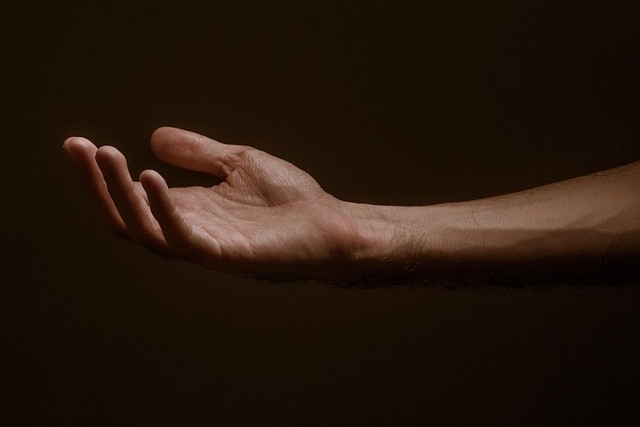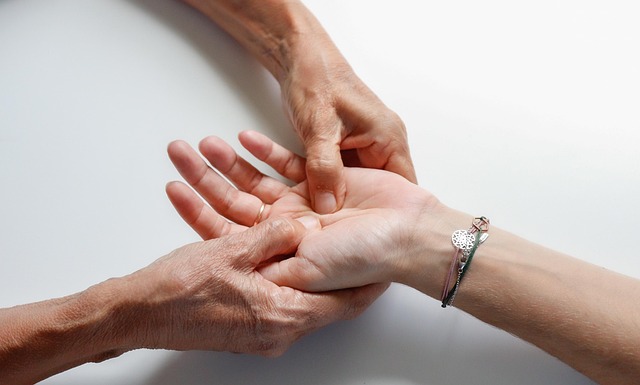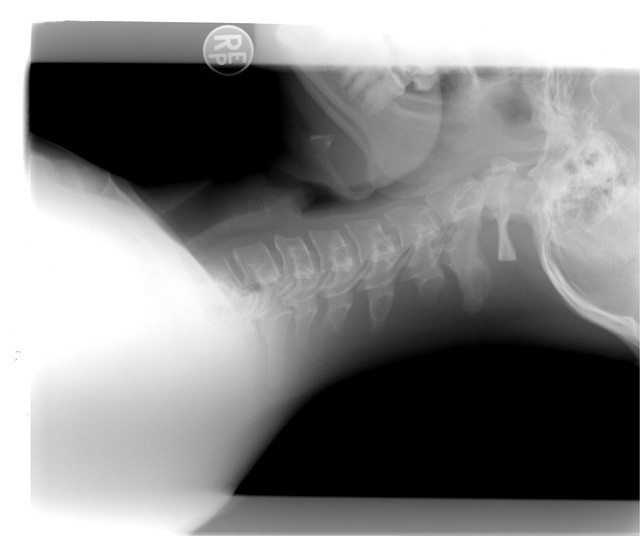In 2014, a study conducted at a clinical research center, researchers have found that massage therapy (MT) can significantly improve peripheral vascular function following exercise-induced muscle injury. The study, led by Nina C. Franklin and her colleagues, explored the impact of MT on vascular endothelial function in the upper extremities, particularly after intense lower-body exertion.
The study involved 36 sedentary young adults who were randomly divided into three groups:
- The first group (n=15) underwent both exertion-induced muscle injury and received MT.
- The second group (n=10) experienced the muscle injury without MT.
- The third group (n=11) received only MT without any prior exertion.
Participants who were assigned to the exertion-induced muscle injury groups performed a single bout of bilateral, eccentric leg press exercises, which is known to cause muscle damage. Following this, the participants in the MT groups received a 30-minute Swedish massage focused on the lower extremities.
The researchers measured brachial artery flow-mediated dilation (FMD)—a key indicator of vascular health—using ultrasound at multiple time points: 90 minutes, 24 hours, 48 hours, and 72 hours post-exercise. Additionally, they assessed nitroglycerin (NTG)-induced dilation, which serves as a measure of endothelium-independent vasodilation.
Results showed that participants who received MT, either alone or in combination with exertion-induced muscle injury, experienced a significant increase in brachial FMD. In the combined exertion and MT group, FMD rose from 7.38% to 9.02% within 90 minutes and remained elevated for up to 72 hours. Similarly, in the MT-only group, FMD increased from 7.77% to 10.2%.
In contrast, those who only experienced muscle injury without MT showed a decrease in FMD at 24 and 48 hours post-exercise, with FMD levels dropping from 7.78% to 6.75% and 6.53%, respectively. However, FMD returned to baseline levels by the 72-hour mark. The NTG-induced dilation did not show significant variation over time across all groups, indicating that the improvements in vascular function were likely mediated by the endothelium.
The findings suggest that massage therapy plays a protective role in maintaining vascular endothelial function following exercise-induced muscle injury. For sedentary young adults, MT may help mitigate the adverse effects of intense physical exertion on the vascular system, potentially offering a non-invasive method to enhance cardiovascular health post-exercise. This study provides a strong foundation for further research on the benefits of MT in exercise recovery and vascular health.
Reference: Franklin, N. C., Ali, M. M., Robinson, A. T., Norkeviciute, E., & Phillips, S. A. (2014). Massage therapy restores peripheral vascular function after exertion. Archives of physical medicine and rehabilitation, 95(6), 1127-1134.




